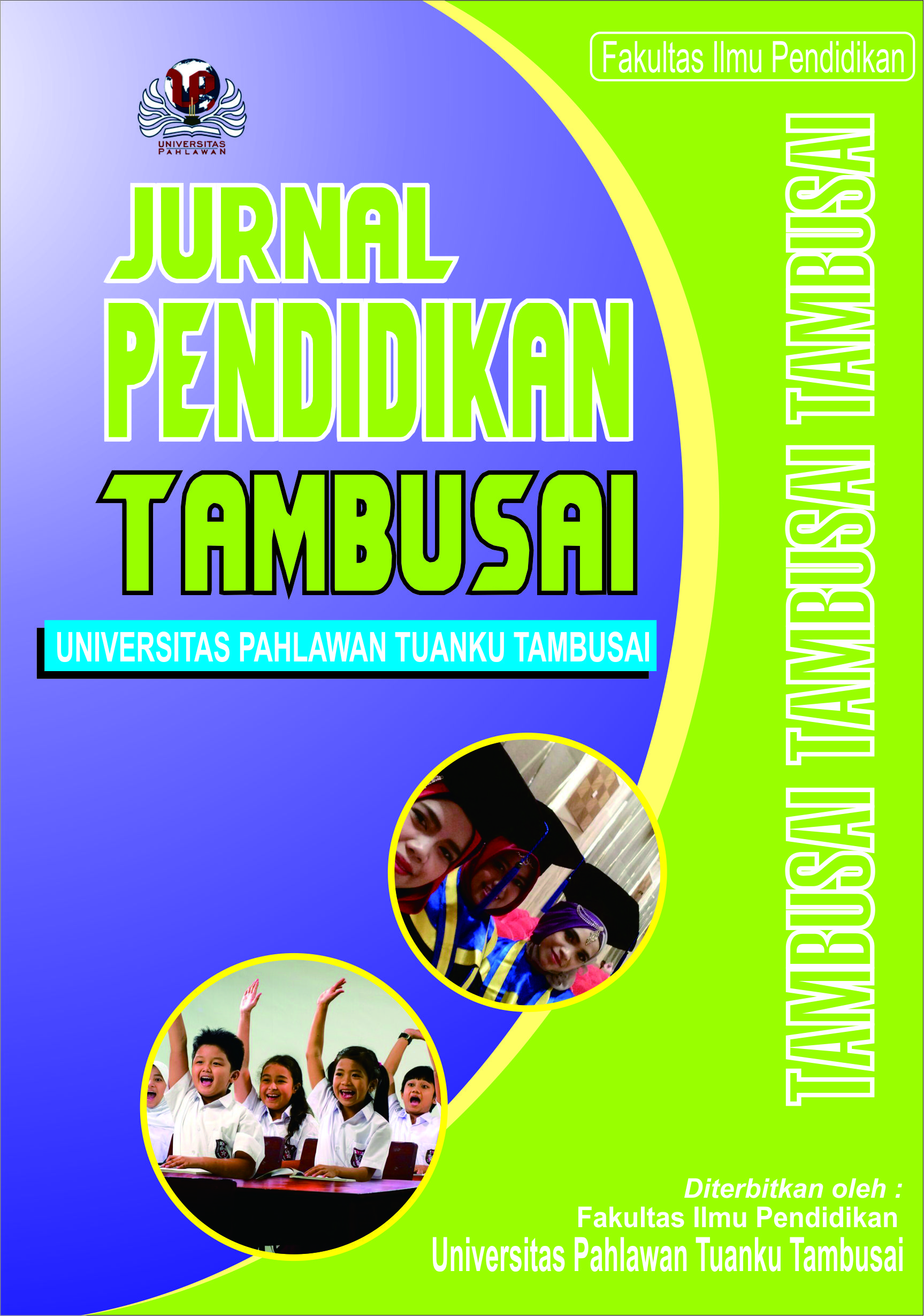Pengaruh Komposisi Methacrylic Acid (MAA) dan Ethylene Glycol Dimethacrylate (EGDMA) Terhadap Kapasitas Serapan Polimer Bercetak Molekul Pada Metilen Biru
Keywords:
Metilen Biru, Adsorpsi, Polimer Bercetak Molekul, Monomer Fungsional, Pengikat SilangAbstract
Mengingat metilen biru adalah salah satu bahan pewarna yang digunakan secara luas dalam proses pewarnaan, penggunaan metilen biru hanya sekitar 5% dari proses dan sebagian besar dibuang sebagai limbah. Oleh karena itu, sangat penting untuk menghilangkan metilen biru dari perairan. Salah satu cara untuk menangani limbah zat warna metilen biru adalah dengan menggunakan penyerapan polimer bercetak molekul sebagai adsorben. Hasil penelitian didapatkan jumlah optimum dari MAA ialah 0.02 mol yang nilai kapasitas adsorpsinya sebesar 167.7419 mg/g dengan 0.005 mol EGDMA dan 3 x 10-6 mol metilen biru. Sedangkan jumlah optimum EGDMA ialah 0.001 mol yang nilai kapasitas adsorpsinya sebesar 371.6129 mg/g dengan 0.02 mol MAA dan 3 x 10-6 mol metilen biru.
Downloads
Published
How to Cite
Issue
Section
Citation Check
License
Copyright (c) 2024 Nur Apriyani Djaha, Alizar Alizar

This work is licensed under a Creative Commons Attribution-ShareAlike 4.0 International License.
Authors who publish with this journal agree to the following terms:
- Authors retain copyright and grant the journal right of first publication with the work simultaneously licensed under a Creative Commons Attribution License that allows others to share the work with an acknowledgement of the work’s authorship and initial publication in this journal.
- Authors are able to enter into separate, additional contractual arrangements for the non-exclusive distribution of the journal’s published version of the work (e.g., post it to an institutional repository or publish it in a book), with an acknowledgement of its initial publication in this journal.
- Authors are permitted and encouraged to post their work online (e.g., in institutional repositories or on their website) prior to and during the submission process, as it can lead to productive exchanges, as well as earlier and greater citation of published work (See The Effect of Open Access).



